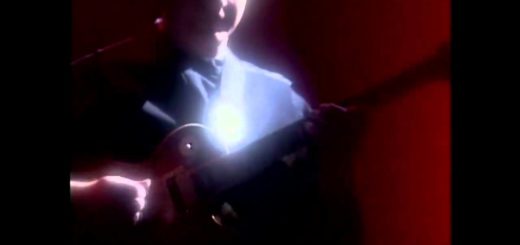Speed and Sound: RPMs and Record Playback.
Sometimes More is More


Music as a medium is a dense format. From composition to orchestration, many things come together to create music. Music playback is rarely the focus of the process, but vinyl records make it a ritual. The physical act of playing a record is a significant reason the hobby is beloved. There is another aspect of playback that is often not thought about but is vital to the experience – speed.
Speed is not the same as tempo, or the pace of a song. Speed in this instance is how fast the record spins per minute. The general rule of thumb is that the faster the record spins, the better it sounds. Slower RPM’s allow imperfections and surface noise time to be drug out and exaggerated, while faster speeds pass them by without a second thought. Early records spun at different speeds, but the first standard speed was agreed upon in 1925, and the 78 was born.
History
The trade-off for higher quality audio meant that records had to be shorter in duration. Records were either 10†or 12†and played about three to five minutes respectively (Mudge, S., D.J. Hoek.). Songs were sold individually; the idea of the “album†had not made its way into the musical lexicon. A familiar format war ensued, as consumers began to reject records in favor of listening to the radio. Why would somebody spend money on an individual song when they could simply listen to it over the air with a radio?
This changed in 1948 with the 33 1/3rd RPM disc (Adams). Improved recording techniques allowed for more music to fit on a single disc. The record can now play up to 20 minutes of music on a single side of a disc. This is nothing short of a revolution, no pun intended. 78s fell out of favor, and the much smaller 7†45 RPM disc replaced it as the preferred medium for singles.
Invisible Features
Speed itself became a feature, an object that could not be grasped but still desired, nonetheless. The casual listener enjoys the quantity of music 33s allowed, while audiophiles insist that half-speed mastering and 45 RPM discs are the proper way to enjoy a record. The intangible object separates good from great.
“Speed is the triumph of effect over cause, the triumph of instantaneity over time as depth, the triumph of the surface and pure objectatlity over the profundity of desire. Speed creates a space of initiation, which may be lethal; its only rule is to leave no trace behind.†– Jean Baudrillard, America.
Audiophile pressings often opt for this configuration. A copy of Dirty Computer by Janelle Monae comes on 2 discs, four sides, playback at 45 RPM. The increased speed means that you will be flipping and changing discs more than a standard LP, but the tradeoff in quality is worth it. The speed of a record leaves no trace behind, happily skipping over any imperfection in the pressing process, bringing the listener closer to audio perfection. Speed cannot be seen, but it most certainly can be heard.





